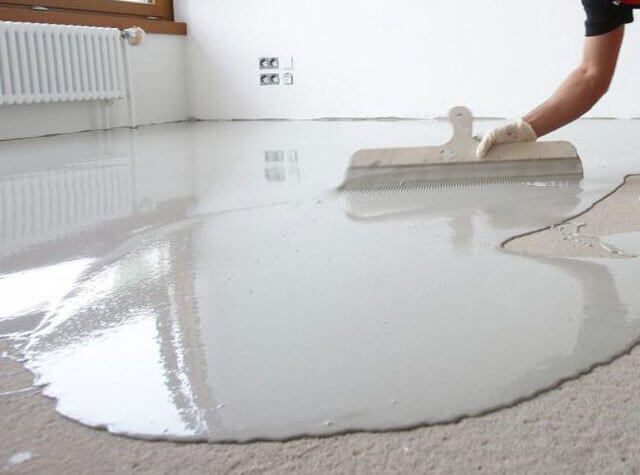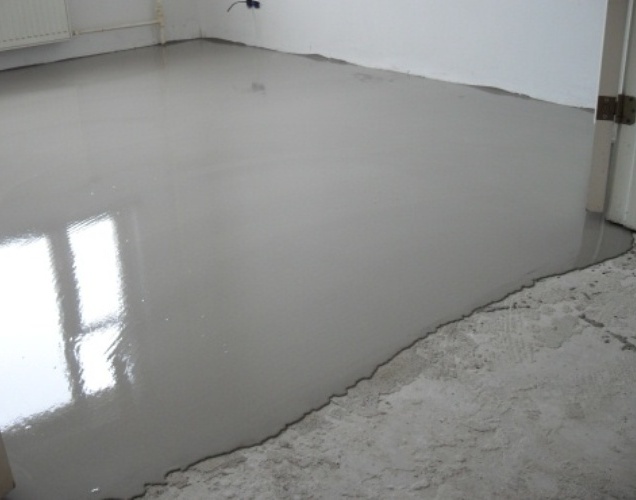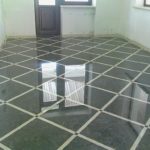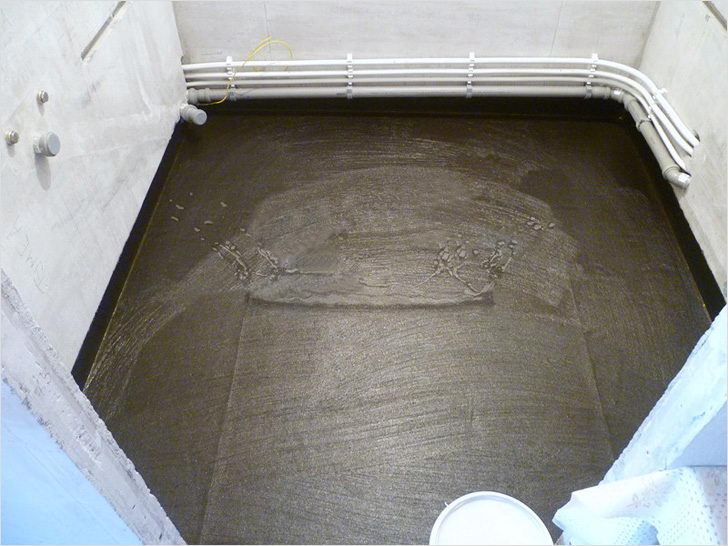How long does it take for a self-leveling floor to dry under tiles?
A self-leveling floor will help you quickly and efficiently level the rough screed. It is also used to create an interesting design, durable floor covering. It is possible to fully appreciate all the positive properties of a self-leveling floor only if all the nuances of the arrangement are observed, one of which is the drying time of the self-leveling mixture.
The content of the article
How long does it take for a self-leveling floor to dry under tiles?
Depending on the main components of the self-leveling mixture, the hardening process is determined by the following time periods:
- Polymer compositions harden from two to six days. The duration of the process depends on many criteria: layer thickness, the presence of pigments and synthetic ingredients.
- The cement-based composition completely hardens in seven to fourteen days.
- Gypsum-based mixtures harden fairly quickly (you only need to wait two days), but during this period the self-leveling floor only has time to harden for foot traffic. In order for furniture or equipment to be installed on the poured surface, it is necessary to wait another ten days.
- Polyurethane self-leveling floors are attractive not only for their durability and long service life, but also for their high drying speed. After just fifteen hours you can move on the self-leveling floor, and after three days you can install static heavy objects (for example, furniture).
- Epoxy compositions, depending on the number of layers, harden from two to five days.

What determines drying time?
The drying process of the floor covering is influenced by several factors:
- the total number of layers of pouring (the more layers of self-leveling floor, the longer the process of complete drying will take);
- the thickness of each layer (accordingly, the greater the thickness of the poured layer, the longer it will dry);
- composition of the self-leveling coating mixture (the fastest drying mixtures are polymer);
- type of main finishing coating (the mortar under the tile hardens from a day to three).
Attention! synthetic additives used to fill self-leveling mixture. So, by introducing special plasticizing additives, manufacturers speed up or slow down the drying process, increase the strength and density of the finished coating.

Optimal drying conditions
You can get a high-quality self-leveling floor covering by observing certain conditions for drying it.
Basic conditions:
- for the entire drying period of the coating, a certain humidity is maintained in the room (65%, and for polyurethane mixtures 85%);
- when drying a self-leveling coating in the room, there should be no drafts or sudden temperature changes (ignoring this condition leads to cracking of the surface);
- pouring can only be carried out on a well-cleaned, primed surface without cracks or other defects;
- the solution is poured in an even layer (differences increase the hardening period by several days);
- During the entire drying period, the coating is protected from direct sunlight (the windows can be covered with dark paper or foil for a while).

Important! The most favorable temperature regime for high-quality drying of the gypsum mixture is 45C, the cement mixture is 25C, and the polyurethane composition is 15C. Ignoring the conditions for maintaining the required temperature regime will lead to the suspension of the drying process and deformation of the poured coating.
Only by following a certain sequence of pouring actions and providing optimal conditions for hardening can you obtain a high-quality, strong, durable self-leveling coating for tiles.





